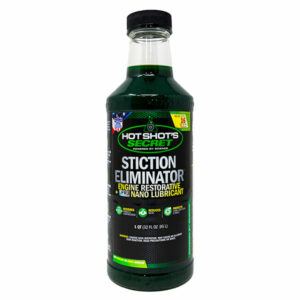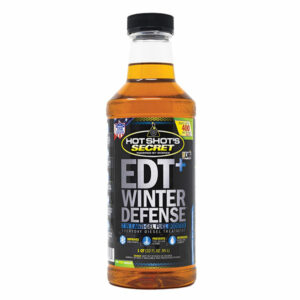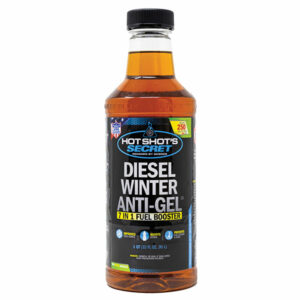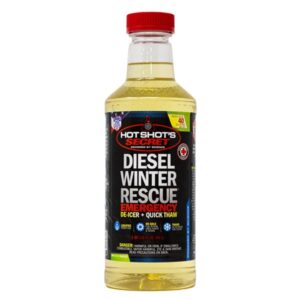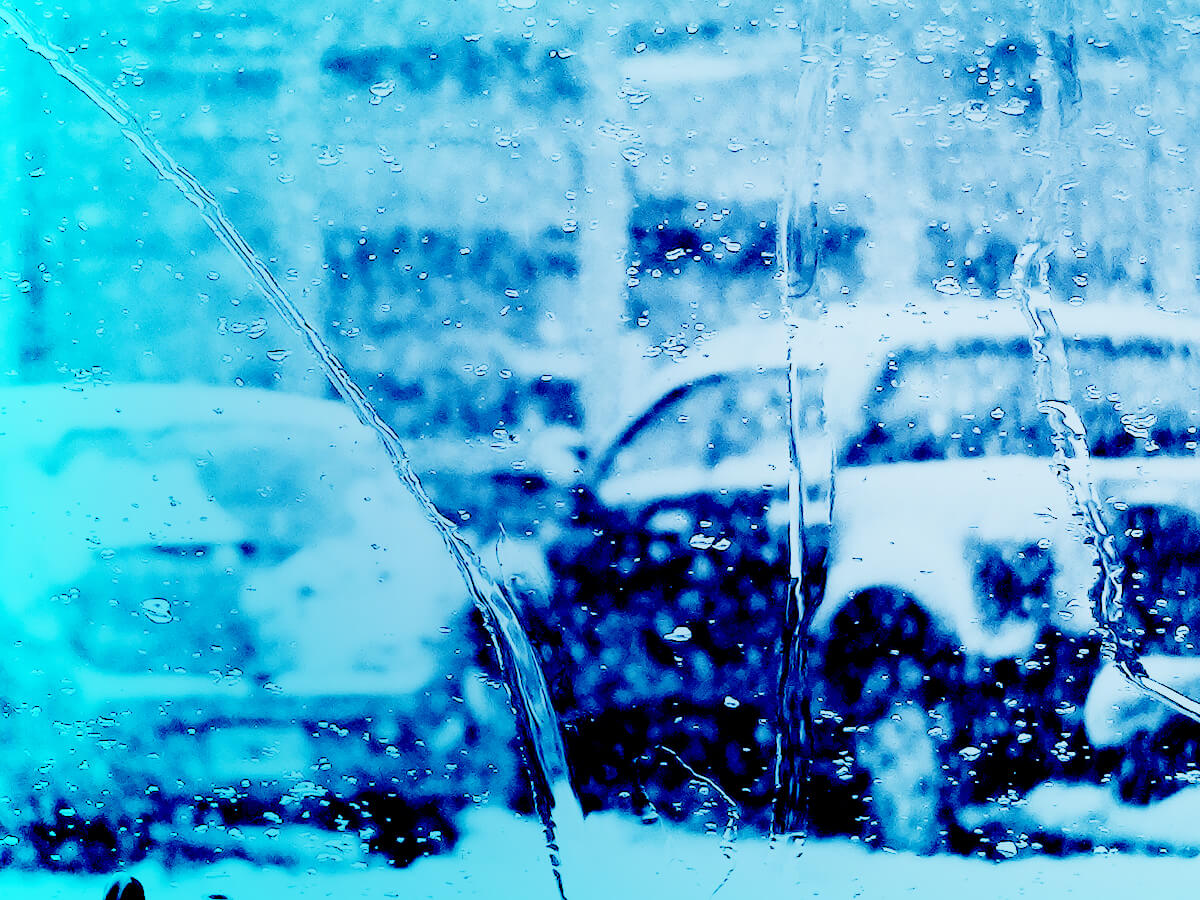
For much of the United States, winter 2018/2019 has been a comparatively mild one (*until the last week of January). Consider the fact that the far north has only been in single digit temperatures compared to 10’s, 20’s and 30’s below. Instead of many regions buried in deep feet of snow, many are covered in multiples of inches instead. And while some still endure the blistery cold, snow and ice that winter brings to their doorsteps daily, none should let the mild winter-to-date be a distraction from proper preparation for winter maintenance on your vehicle. Colder temps, more snow and more ice are still on the way.
Every vehicle owner can mitigate their risk of being stranded roadside in the cold, with a few easy steps of prevention. Codey Lowe of Triangle Diesel in Kankakee, IL says that a quick and easy pre-winter inspection can make the difference in getting through the cold successfully, or breaking down on the side of the road. Codey says, “it’s never too late to prevent a breakdown. It’s only too late after it happens.”
Below are a some tips to keep your vehicle running better in the cold:
1. Check Your Battery –The summer months are very tough on a car battery and by the time the temperature plummets, batteries are often weak and drained of water. Routine inspection of the water level in your battery can help with not only avoiding a hazard, but also extending the life of your battery. Check your fluid level and if low, add distilled water until full. Distilled water helps against evaporation, the erosion of the internal battery plates, and it helps extend the charge of the battery.
Maintenance-free batteries often provide an easy-to-read indicator for battery ‘juice’ levels as well.
If unable to check the battery, service stations and auto parts stores often offer a service to check your battery as well. If the results of either of these methods indicate a weak or depleted battery, your best insurance is to replace the battery and eliminate the unwanted need for jumper cables and/or a tow.
2. Check Your Tires – Before the slick roads cause you to spin out of control due to minimal traction from your tires, inspect the tread and the proper air pressure of your tires before you head out into the tundra. Tire manufactures offer both seasonal and multi seasonal tires with variances in rubber compounds and tread design. Tires specific to winter optimize tire design to help with traction in snow and ice conditions. When able, it is always best to purchase all four tires together and continually rotate them to the manufacturer’s mileage schedule. Lowe says that “adding air to your tires as the cold sets in helps fight the deflation that the cold will cause.”
3. Antifreeze – It’s no news that water freezes. What may become new news however, is finding that your engine has been ruined because the water that flows within it to keep it cool, has frozen. A cracked block is not only a hazard to your vehicle, but also quite a hazard to your pocketbook for the repairs and replacement costs. Antifreeze is imperative to avoid not only a cracked block but also a frozen radiator as well. By simply adding antifreeze to your radiator water level the freezing point within your cooling system drops to a point lower than the ambient temperature (and raises the boiling point in the summer). Many products are available online and at your local parts store like O’Rileys, Summit, Pilot Travel Centers, WalMart and more.
Many products also make it an easy process by premixing the antifreeze and the water ratios for the proper temperature protection. Products like Hot Shot’s Secret antifreeze now offer mileage specs for the life of the antifreeze as well.
4. Change the Oil – Both the motor oil and transmission fluid are often an overlooked opportunity to ensure reliability of your vehicle during the winter months. Oils thicken when the temperature drops causing an added resistance in the lubrication of moving parts in your engine and transmission. Winter conditions also wreak havoc on the oil filters as well, where the thickened oil is continually forced through the filter.
Check your owner’s manual for the correct listing of oil viscosity indexes required. With a “W” included, such as 5W-20, 5W-30, and 10W-30, the oil is rated for winter use. A variety of motor oil products exist specific to your vehicle. With scientific upgrades improving lubrication and oil flow, these upgraded products continually reduce wear and tear, thereby extending the life of your vehicle. When driving within extra-duty demands of heavier loads and terrain, consider enhanced formula transmission fluid for similar advantages. When changing out the fluids and the engine oil, it’s always best to change out the dirty filters as well.
5. Fuel and Oil Winter Additives – Fuel and oil have been created to serve their purpose. Fuel to ignite the combustion needed and oil to lubricate moving parts. But with so many demands from the mechanical parts, additives can add many improvements to help increase the inefficiencies of the core element. For example, consider in your fuel, there is added condensation and dirt. Condensation builds from differing temperatures and dirt builds from not only by products in the fuel, but even scenarios where a new load of fuel is pumped in the storage tank at the station. Lowe cautions that “if you see a semi dumping new fuel at the gas station, perhaps drive on by, to the next one.” He says, “it’s churning all of the existing fallout from the fuel in the tank, which could then end up passing through your vehicle’s fuel system. The churning dirt clogs up your filter, your fuel lines and your injectors.” With a variety of additives however, condensation, dirt, and even the residual effects of ambient factors like freezing temperatures are reduced providing greater efficiency in your mileage, mechanical maintenance, and extending the life of your vehicle all together. Making sure to have plenty of additives for winter auto maintenance, like the diesel winter stock up bundle from Hot Shot’s Secret, can make the difference between a successful winter and a troublesome one.
Codey mentions that we are also wise to consider the traffic at the fuel station. With a higher traffic fuel station, the fuel is probably less cold than one that has fewer customers. “The lower traffic gas stations have fuel that has set in their tank longer,” he says. “The higher traffic stations have a cleaner, fresher fuel to offer, less susceptible to freezing, condensation and dirt.”
Other easy tips to consider are:
Avoid diesel gelling and change your fuel filters. Lowe claims that it’s an often overlooked and underrated need to change fuel filters. “As soon as the first cold sets in, our phone starts ringing from customers with trucks that won’t start or that have died on the road,” he says. “The biggest mistake we see is lack of maintenance on the fuel filters.” Much like antifreeze protects the cooling system from frozen water, diesel powered vehicles require an additional ‘anti-freeze’ protection for the fuel system. To help with fuel freezing in diesel engines, products and information are available to prevent and de-gel a fuel system as well.
Check the wipers on your windshield and make sure to have plenty of windshield wiper fluid. With the snow and ice on the ground, the dirt from roadways covering your windshield causes a hazard to you and the surrounding traffic on the roadway.
Keep an eye on the belts and hoses. You’ll want to check for any cracks and leaks around the radiator and heater hose clamps. Hoses in good condition will remain firm but still pliable when you squeeze them. Check belts for any cracks and hardening from the cold to help ensure a belt doesn’t break while the engine is running.
Lowe advises to keep the fuel tank as close to ‘full’ as possible. When the tank is depleted during winter months, condensation can build up in the tank resulting in more water to fuel ratio. A full tank helps reduce the amount of water and dirt that can line the tank. Biofuel is something to avoid in the winter as well, since added algae can grow faster in the cold.
Lowe also says to let the vehicle warm up a few minutes before driving. “Even with a block heater,” says Lowe, “it’s a lot easier on your engine to drive once it’s warmed to 80 – 100 degrees Fahrenheit vs. minus 20.”
Codey says the many that run successfully through the winter are the ones that “come in late fall for their winter readiness, and those that carry a couple fuel filters and some extra additives along with them in the truck.”
“I run everything Hot Shot’s in my own truck: In my 2013 Duramax I run the oil additive, the fuel additive, stiction eliminator, the coolant and the engine oil.
I’ve put the friction reducer in my wife’s 2017 Ford Fusion and you can tell in the mornings when it’s cold, that her car takes off a whole lot smoother. Before it was more lagging and sluggish. We’ve been running that in there for every oil change. I’ve used it in GM pickups and it usually clears up the lifter ticking, and smoother idling in those trucks.
I was never an additive believer, and never trusted until I came across Hot Shot’s Secret.”
– Codey Lowe
Triangle Diesel
Kankakee, Il

